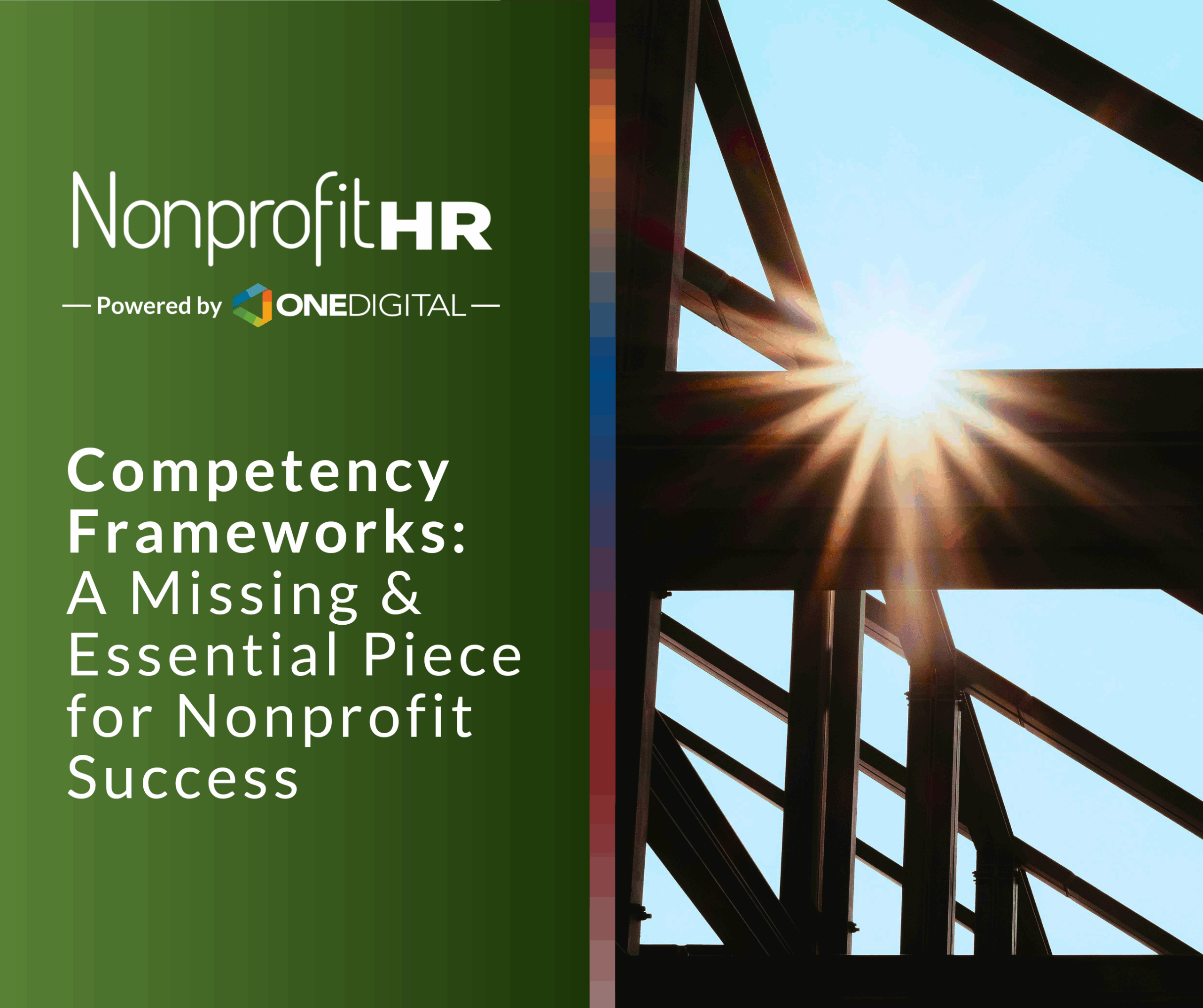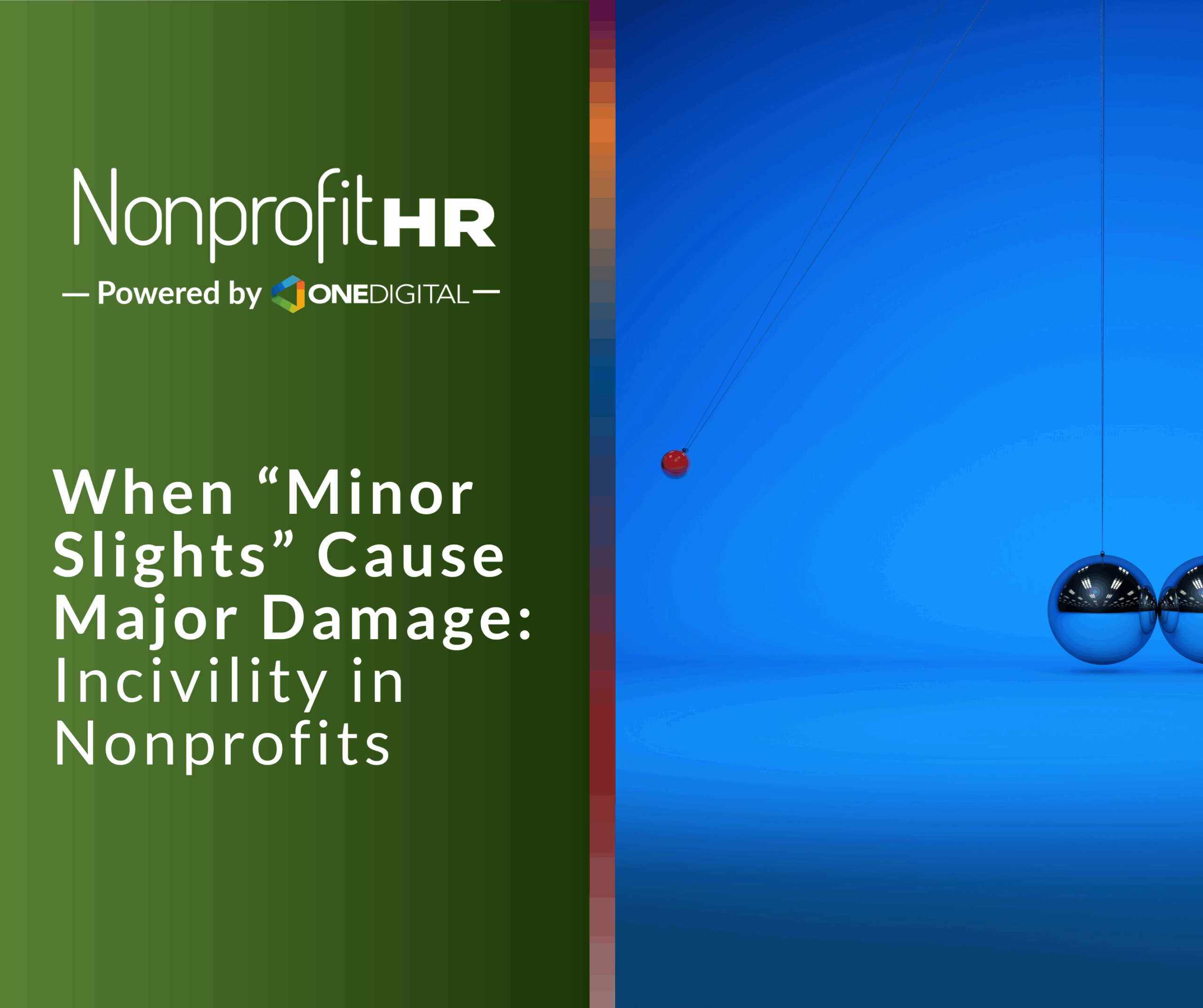WTOP: 5 ways nonprofits can…
Paul Davidson has a great piece in USA Today calling out HR professionals on their poorly planned and poorly designed job descriptions.
“Despite the 8.2% unemployment rate, many businesses have struggled to find qualified candidates for an abundance of high-skill jobs in technology, engineering, health care and other fields. That, along with a hesitancy by firms to add jobs amid global economic uncertainty, keeps unemployment high.
Yet a Beyond.com survey backs the view that poor communication often prevents human resource officials from identifying viable candidates.
Job descriptions are often too vague or too specific, and HR staffers may rule out qualified applicants because they don’t understand what hiring managers want, says Rich Milgram, CEO of Beyond.com, a job search web site. ‘There’s a gap in posting and relaying the information,’ he says, citing his conversations with employers.
For example, he says, recruiters miss nuances, seeking for example an accountant who’s proficient at bookkeeping instead of deeper analysis. Others mistakenly assume a candidate must have all the numerous skills listed by a hiring manager.
The issue behind these poor recruiting efforts seems to be time management. Human resources professionals have full plates and recruiting is having its edges cut like everything else. This is where a staffing partner may be able to step in and assist overburdened HR departments.
“Not only do staffing firms have stockpiles of candidates for open positions, but they are also position placement experts,” said Benjamin Freedman, Senior Staffing Consultantfor Nonprofit Staffing Solutions. “In order to achieve a proper candidate placement, an accurate and detailed job description must be created. Without it an organization has a limited chance of finding their best candidate.”
“I’d equate it to baking without a proper recipe,” concluded Freedman.





























